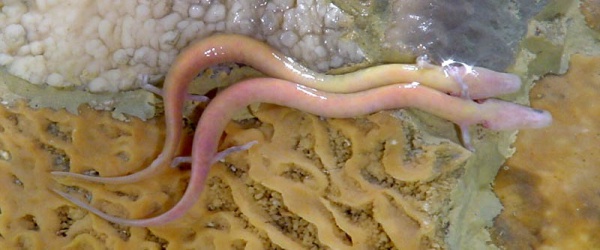Facts About Olm
The olm, also known as the proteus, is a fascinating aquatic salamander native to Europe, particularly the Dinaric Alps region. Belonging to the family Proteidae, the olm is unique in being the only chordate in Europe that lives exclusively in caves. This fully aquatic creature spends its entire life underwater—swimming, eating, sleeping, and breeding.
You can find the olm in the subterranean waters that flow through the limestone bedrock of Central and Southeastern Europe, with notable populations in Slovenia, Italy, Croatia, and Bosnia and Herzegovina. There are even some introduced populations in Italy and Slovenia.
Often called the "human fish" due to its flesh-colored skin and adaptations to life in the dark, the olm is blind and lacks pigmentation. It retains its larval traits throughout its life, including external gills—a condition known as neoteny. Despite its blindness, the olm possesses a highly developed sensory system, relying on smell, hearing, and other senses to navigate its pitch-black environment.
Anatomically, the olm has a serpentine body that can grow up to 30 cm in length. It features a cylindrical trunk, a short tail, and small limbs. Its diet consists of small crustaceans, snails, and insects. Reproduction involves females laying eggs and then guarding them among rocks.
The olm's conservation status is considered vulnerable, primarily due to its specialized habitat requirements and sensitivity to environmental changes. It is protected by various laws in the countries where it resides and is listed as vulnerable on the IUCN Red List.
Culturally, the olm is a symbol of Slovenian natural heritage. It appears on coins and plays a significant role in promoting ecotourism in the regions where it lives. For centuries, the olm has also been a subject of scientific study, aiding researchers in understanding how life can adapt to cave environments.

 Montenegro
Montenegro